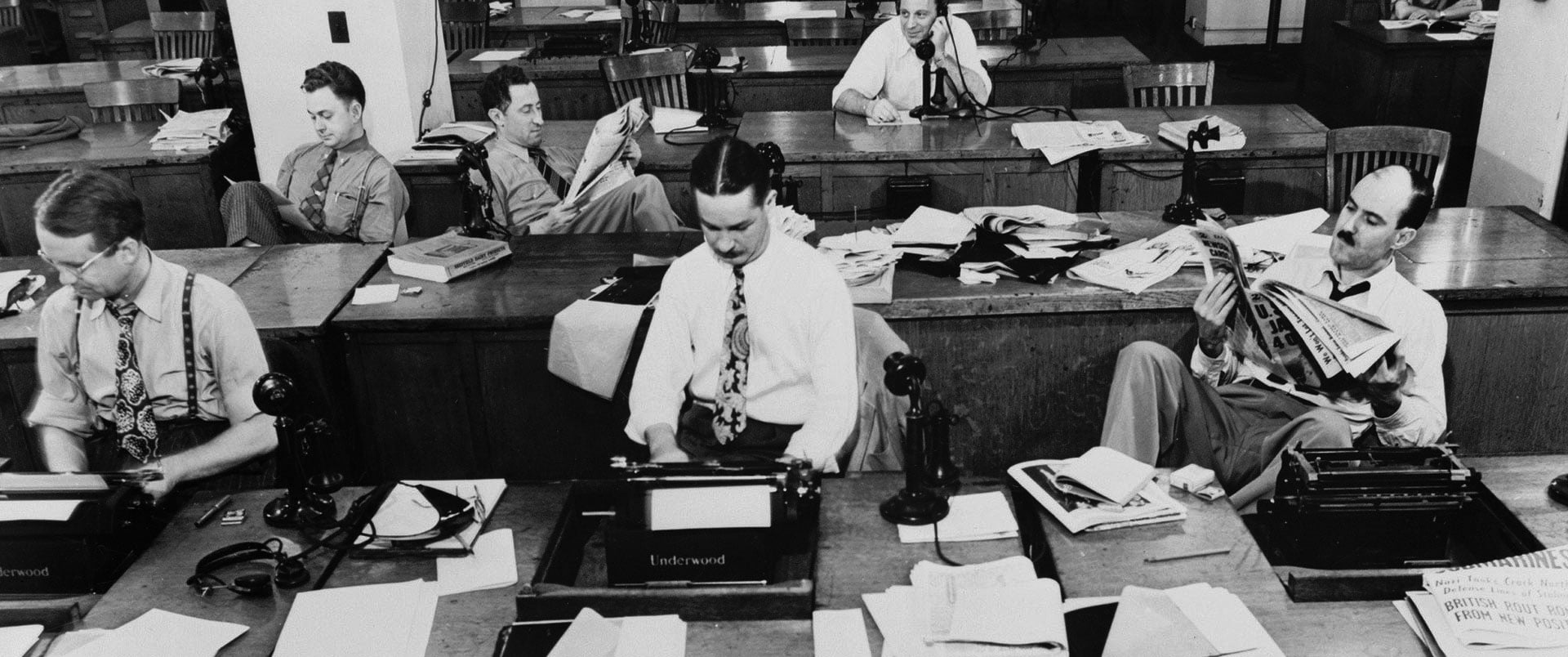To many companies, a brand newsroom is the height of marketing with content. When people like me talk about ‘becoming a publisher’, we both understand that can mean baby steps, like starting a blog. But a brand newsroom is the biggest step you can make and can cost millions in terms of people, facilities and tools. So why take that risk?
The need for speed
Take L’Oreal in Canada. There’s a good chance that L’Oreal was already a go-to destination for the average woman online looking for make-up advice using Makeup.com, as such competing with media sites and prominent YouTubers. But according to a report last year in Digiday, L’Oreal saw the benefit of taking “fast-twitch content in-house”.
Which makes sense. Responding to trends and things happening in popular culture is best done in real time. Working through agencies adds time, at the very least.
Content front of house
Next take another prominent example, one that sits somewhere between B2C and B2B content – hotel operator Marriott, which is increasingly challenged by travel intermediaries and those with newer models, most obviously Airbnb.
With its websites aimed at meeting cultures and business travel, not to mention a series of films, it sets itself up as an authority, with visually appealing content it both creates and curates, always with an arm extended to its customers.
But we’d argue that Marriott’s benefit from this content goes beyond this output and engagement with customers. At the company’s headquarters in Bethesda, Maryland, its impressive M Live studio takes pride of place at the heart of the building. The message to staff and visitors is clear: content is at the centre of what we do, it’s our big bet.
We are the media
Last, let’s take an example from technology, a world we know well. Now we could choose one of a dozen good examples including Adobe, Cisco, Intel, Microsoft, Qualcomm – all for different reasons.
But take Dell. Not because Dell is the biggest or even necessarily the best. With its Tech Page One publication it operates a hub and spoke model for content creation. There is a central editor, a small in-house newsroom team and a network of freelancers. In other words, it operates much like many technology publications.
This is important because there is a range of content activities any company can pursue. But when we say ‘be a publisher’, companies like Dell really are. These kind of brand publications look much like the technology media – perhaps with the exception of not having to carry intrusive display advertising, which is a bonus. Metrics will be different – leads are the goal more than advertising revenue, for example – but the experience for a reader is much the same.
So brand newsrooms are the most intense way of using content to ultimately drive business goals. But reasons for this investment – speed, customer and staff perception, bypassing the media and more – vary.
–
Follow us on Twitter – @ColContent








